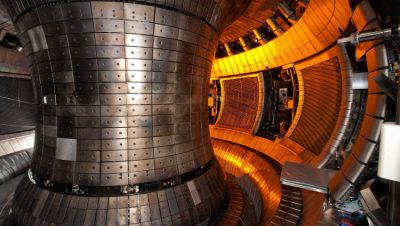
Last week, 3-7 June 2019, our group leader Mervi Mantsinen worked at the Max-Planck Institute for Plasma Physics (IPP) at Garching, Germany where she participated in the experimental campaign on the ASDEX Upgrade tokamak as part of the 2019 EUROfusion Medium Size Tokamak (MST1) campaigns.
The MST1 Task Force coordinates European joint experiments of the medium sized tokamaks, i.e. ASDEX Upgrade at IPP, Garching, Germany; MAST Upgrade at CCFE, Culham Science Centre, Abingdon, United Kingdom; and TCV at CRPP, Lausanne, Switzerland.
The experiments last week continued the experiments that Mervi coordinated earlier this year at ASDEX Upgrade to accelerate ions with externally applied waves to high energies. One of the main aims of these experiments is to develop a new way on ASDEX Upgrade to study the effects of fast-ion driven instabilities and turbulence on fast ion confinement. The confinement of fast ions is a key issue for ITER where the hot temperature of the fusion fuels needs to be sustained by fusion-born high-energy alpha particles. Last week 7 further plasma discharges were carried out on ASDEX Upgrade within MST1 Topic 11 to develop this method further.

